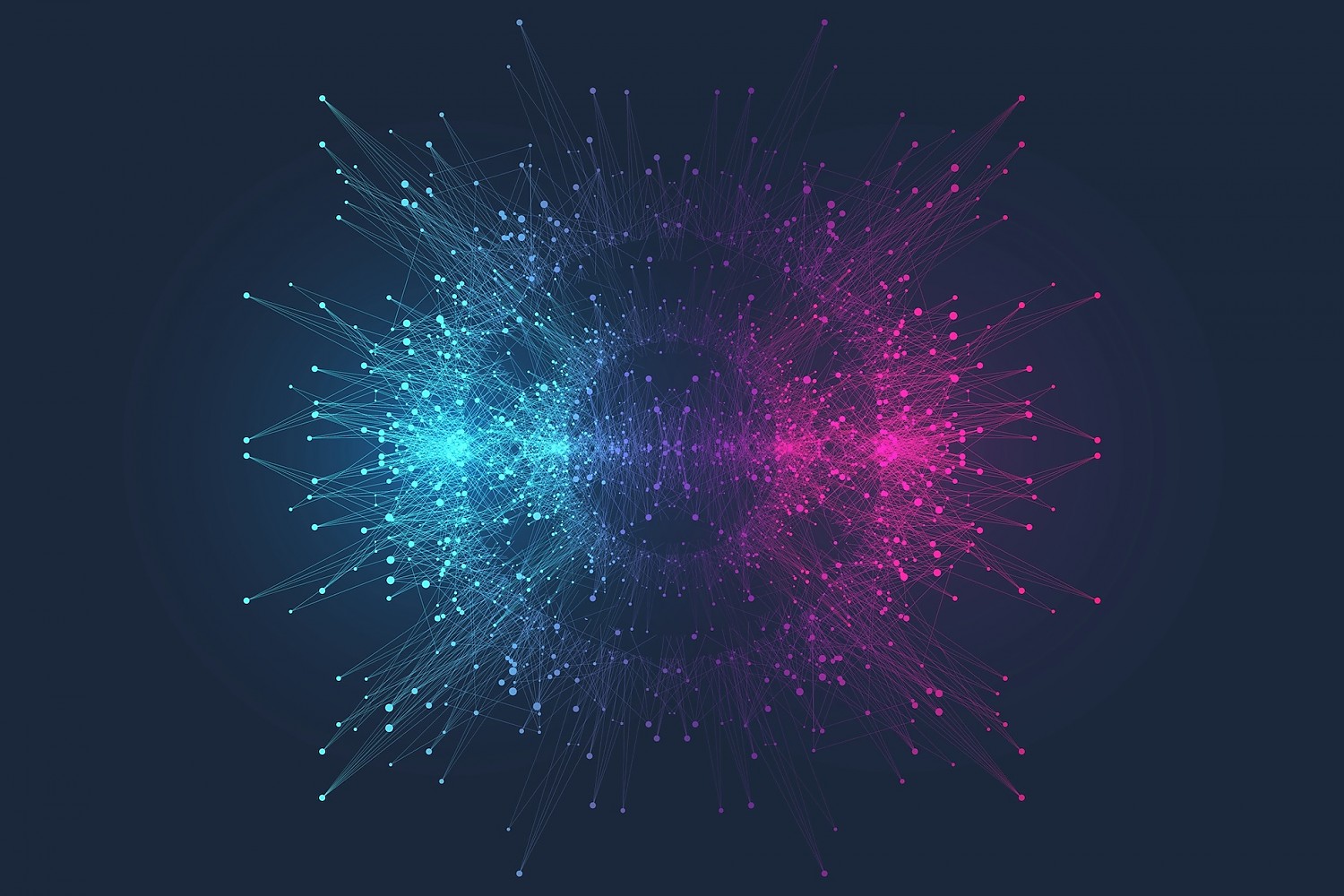In the early days of the web, websites were essentially static, consisting of simple HTML pages with a minimum of style and interactivity. Programmers relied on basic HTML tags to structure content, often using table-based layouts for page design. JavaScript, although available, was mainly used for simple form validation and basic interactivity. However, compatibility problems between browsers and their limited support for the latest technologies posed significant challenges.
The present day of web development is characterised by a dynamic scenario shaped by rapidly evolving technologies, structures and best practices. It currently encompasses a diverse set of tools and methodologies designed to create responsive, interactive and user-friendly web applications and websites that meet the needs of modern users.
One of the trends today is the importance given to the responsiveness of mobile devices and compatibility between devices. With an increasing number of users accessing the Internet via smartphones and tablets, developers have the task of creating websites that adapt perfectly to various screen sizes and resolutions.
Security is a fundamental concern in today's world, given the increasing frequency and sophistication of threats. We must always take into account the best web security practices, including the implementation of HTTPS, input validation and authentication mechanisms to protect user data and prevent unauthorised access.
Overall, the present is characterised by a multifaceted and constantly evolving landscape, driven by technological advances and changing user expectations. As we continue to innovate and adapt to emerging trends, the future promises to be even more exciting and transformative.
The future of web development with artificial intelligence (AI) has enormous potential to revolutionise the way websites are designed, built and optimised. As AI technologies continue to advance, they are set to reshape every aspect of the development process, from creating intuitive user interfaces to optimising performance and driving personalised user experiences.
One of the most significant impacts is their ability to automate repetitive tasks and simplify the development workflow. AI-powered tools can help programmers generate code, design layouts and even write content, sometimes reducing the time and effort needed to improve the user experience, allowing websites to adapt and personalise content based on individual preferences and behaviours.
But with great power, comes great responsibility.
What challenges and considerations should we take into account? Ethical concerns, such as the bias of AI algorithms and data privacy issues, must be carefully addressed to ensure that AI-powered websites are fair, transparent and respect users' privacy.
In short, it's still too early to know all the risks and benefits, but the future is very promising, offering opportunities to create more dynamic, personalised and accessible experiences. By harnessing the power of AI responsibly and ethically, developers can unlock new possibilities for innovation and creativity in the ever-evolving web landscape.
